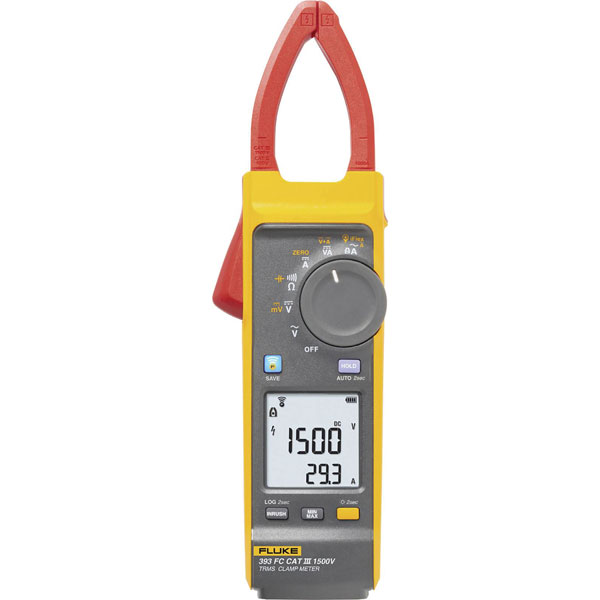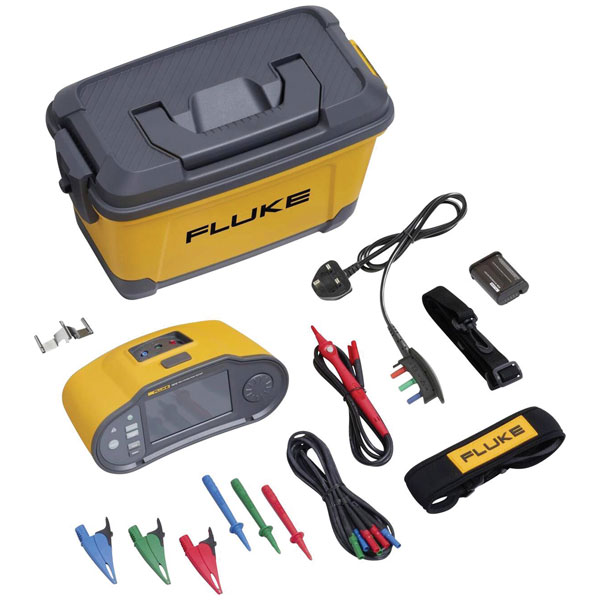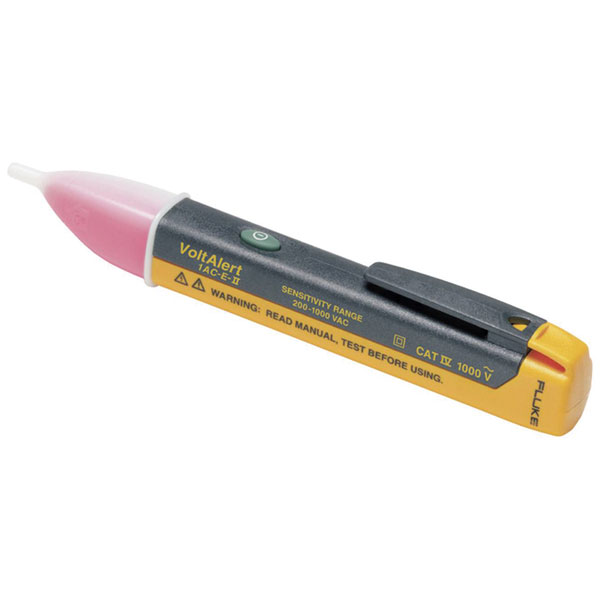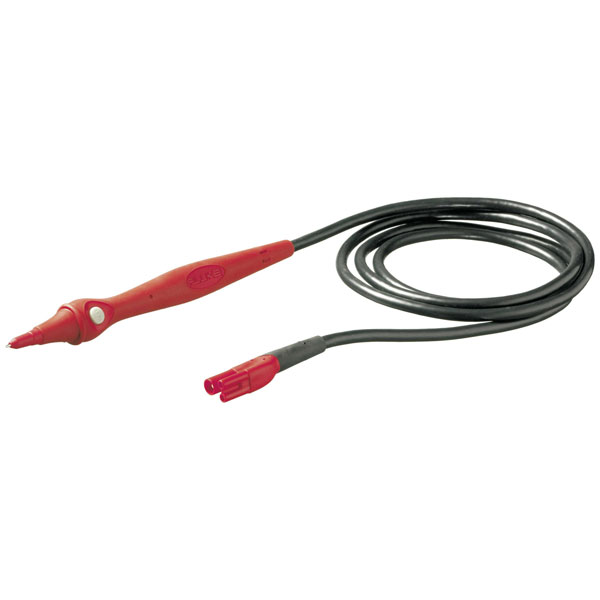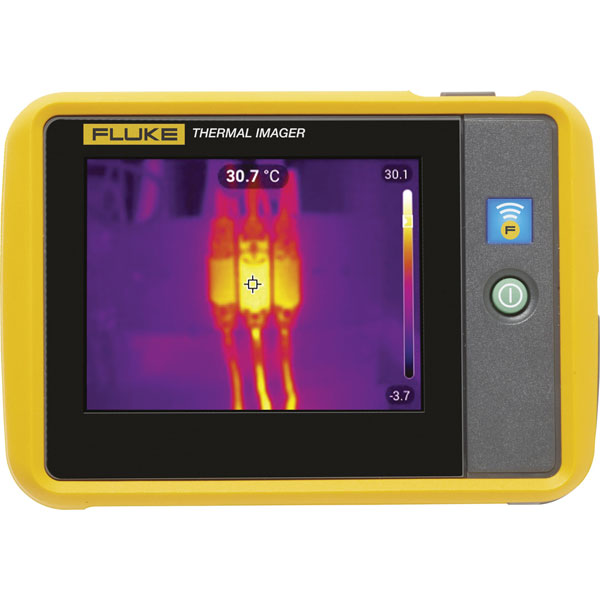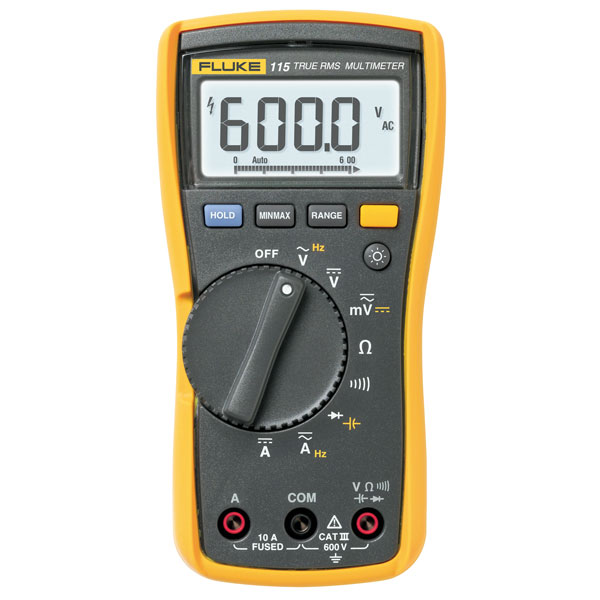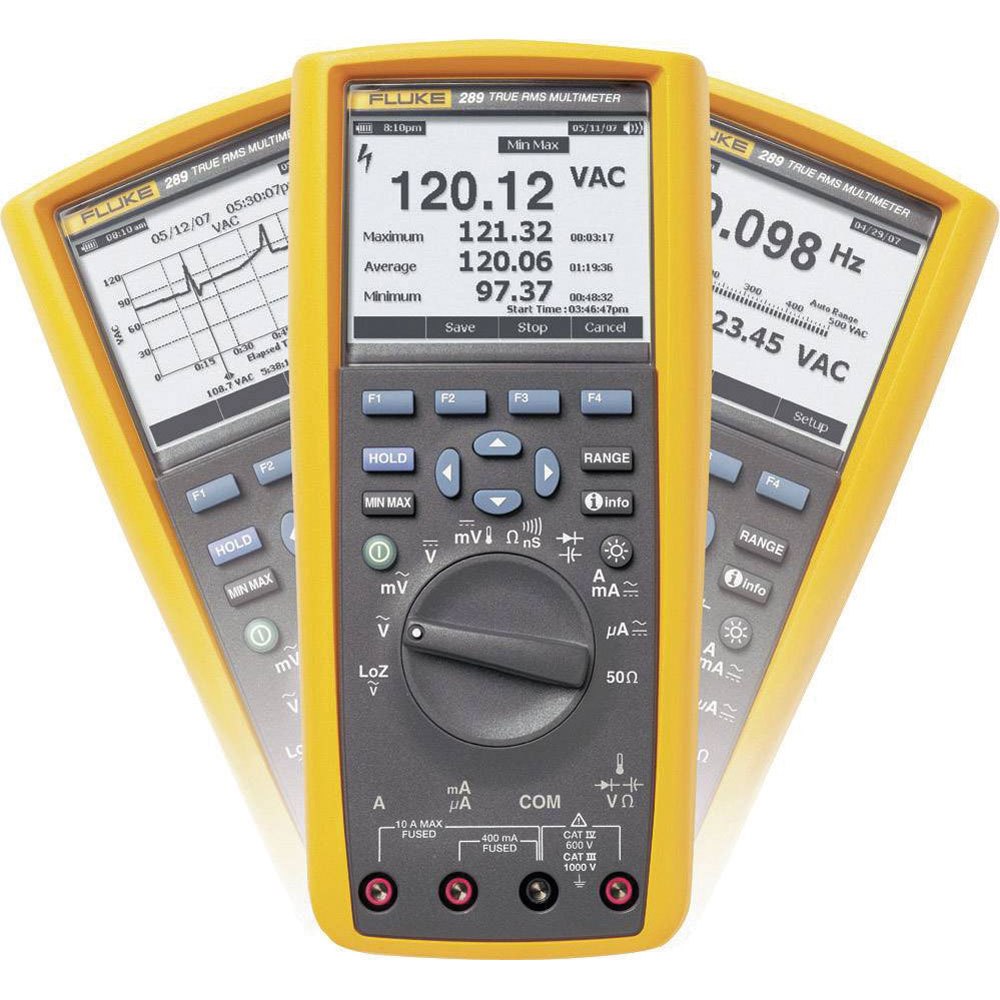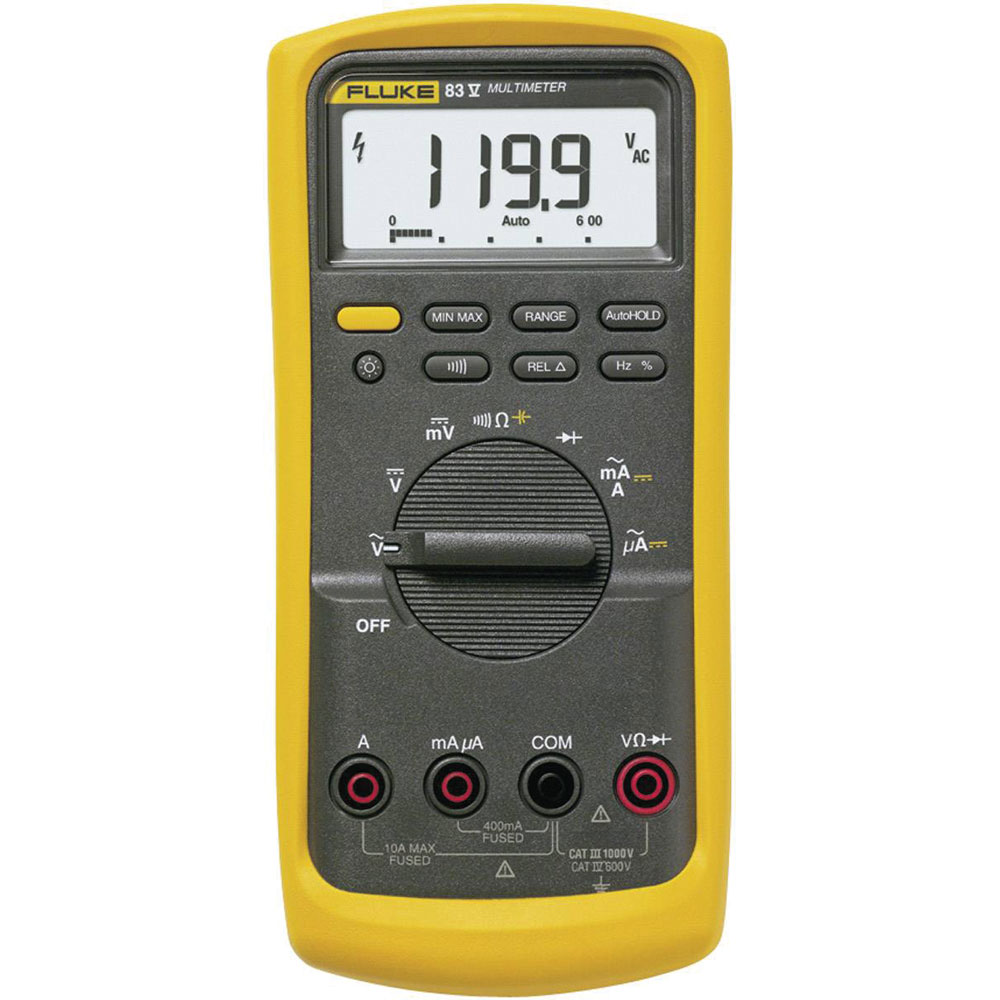Clamps and current measurement tools are used to safely measure electrical current without breaking the circuit. Component and LCR testers are used to verify the value and functionality of electronic components. Installation testers ensure the safety and proper functioning of electrical installations. Multimeters, clamps & component kits provide a range of tools for general-purpose electrical testing and troubleshooting. Probe and test leads are essential for connecting test instruments to the device under test. Thermal imagery allows for the non-contact detection of temperature differences, useful for identifying electrical and mechanical issues.
Fluke clamps and current measurement
Fluke's clamps and current measurement tools provide a secure and convenient method for measuring both AC and DC current. Engineered for a wide array of applications, from fundamental current checks to sophisticated power analysis, these instruments are available in various configurations. This includes clamp meters, current probes, and flexible current clamps, accommodating different conductor sizes and specific measurement requirements. Their durable construction and precise readings make them vital for electricians and maintenance professionals.
Fluke component and LCR testers
Component and LCR testers from Fluke are specifically designed to accurately assess the electrical characteristics of passive components, such as resistors, capacitors, and inductors. These testers play a critical role in troubleshooting electronic circuits, confirming component values, and ensuring the correct operation of circuits. Featuring capabilities like automatic component identification and detailed measurements, they are invaluable tools for electronics technicians, engineers, and repair specialists.
Fluke installation testers
Fluke installation testers are comprehensive instruments employed to verify the safety and operational integrity of electrical installations. These testers conduct a series of crucial tests, including insulation resistance, loop impedance, RCD testing, and earth resistance measurements. By facilitating adherence to electrical safety standards and regulations, they are essential for electricians and electrical contractors to guarantee the safety of electrical systems in residential, commercial, and industrial settings.
Fluke multimeters, clamps and component kits
Fluke offers a selection of comprehensive kits that integrate multimeters, clamp meters, and component testers. These kits deliver a versatile set of tools suitable for a broad range of electrical and electronic troubleshooting tasks. They are particularly beneficial for technicians and engineers who require a complete solution for general-purpose testing, offering both convenience and cost-effectiveness through the bundling of essential instruments and accessories.
Fluke probe and test leads
Probes and test leads from Fluke are high-quality accessories engineered to establish reliable and safe connections between test instruments and the equipment being tested. Offered in diverse styles, lengths, and with various tips and connectors, they are adaptable to numerous measurement applications. Constructed from robust materials and designed with safety in mind, Fluke probes and test leads ensure accurate readings while protecting users from electrical hazards.
Fluke thermal imagery
Fluke thermal imagers utilize infrared technology to detect and visualize variations in temperature. This non-contact measurement technique is exceptionally useful for identifying overheating components within electrical systems, detecting insulation deficiencies in buildings, and diagnosing mechanical faults in rotating machinery. By presenting a visual depiction of heat patterns, thermal imagers enable proactive maintenance and help prevent costly equipment failures.
Fluke multimeters
It’s hard not to spot a Fluke multimeter in someone’s pocket, especially if you work industrial automation, power distribution, automotive, or generally any hands-on industry dealing with electrical quantities. Fluke offers a wide variety of multimeters, each designed for different purposes and needs. If you’re involved electrical work, here are some notable Fluke mulitmeters, you may recognise a few already.
Fluke 117
The Fluke 117 multimeter is one of the most popular multimeters among electricians, due to being designed by electricians. Fluke’s 117 multimeter manages to capture an incredibly high amount of accuracy whilst maintaining its reliability in every use. It’s able to accurately measure the AC/DC voltage, current, resistance, and many other electrical-related parameters.
Fluke 115
Having a reliable multimeter is essential, and there’s no doubt that the Fluke 115 multimeter is a great choice. The 115 ensures a consistent performance throughout it’s entire usage and isn’t one that’s going to break the bank. With its sleek, compact, durable design, Fluke’s 115 is an excellent choice for both electricians and hobbyists/DIYers wanting to use it for various testing applications.
Fluke 179
If you’re looking for a higher-end option, opting for the Fluke 179 is considered a smart choice. Its lightweight, clean design provides greater accuracy than traditional digital multimeters, and is able to effectively deliver temperature measurements.
Honorable Fluke multimeters
While we won’t go into full depth on the following Fluke multimeters, they’re still worth a look. If you’d like to learn more, simply browse below:
Why choose Fluke?
Professionals across numerous industries worldwide place their trust in Fluke tools due to their proven accuracy, consistent reliability, and exceptional ruggedness. This global preference underscores the brand's commitment to providing high-quality instruments that can withstand demanding work environments. With a continuous focus on both quality and innovation, Fluke delivers a comprehensive suite of test and measurement solutions specifically designed to meet the rigorous demands of technicians and engineers. Opting for Fluke signifies an investment in tools that consistently deliver dependable performance, enhance user safety, and ultimately ensure tasks are completed correctly from the outset.

